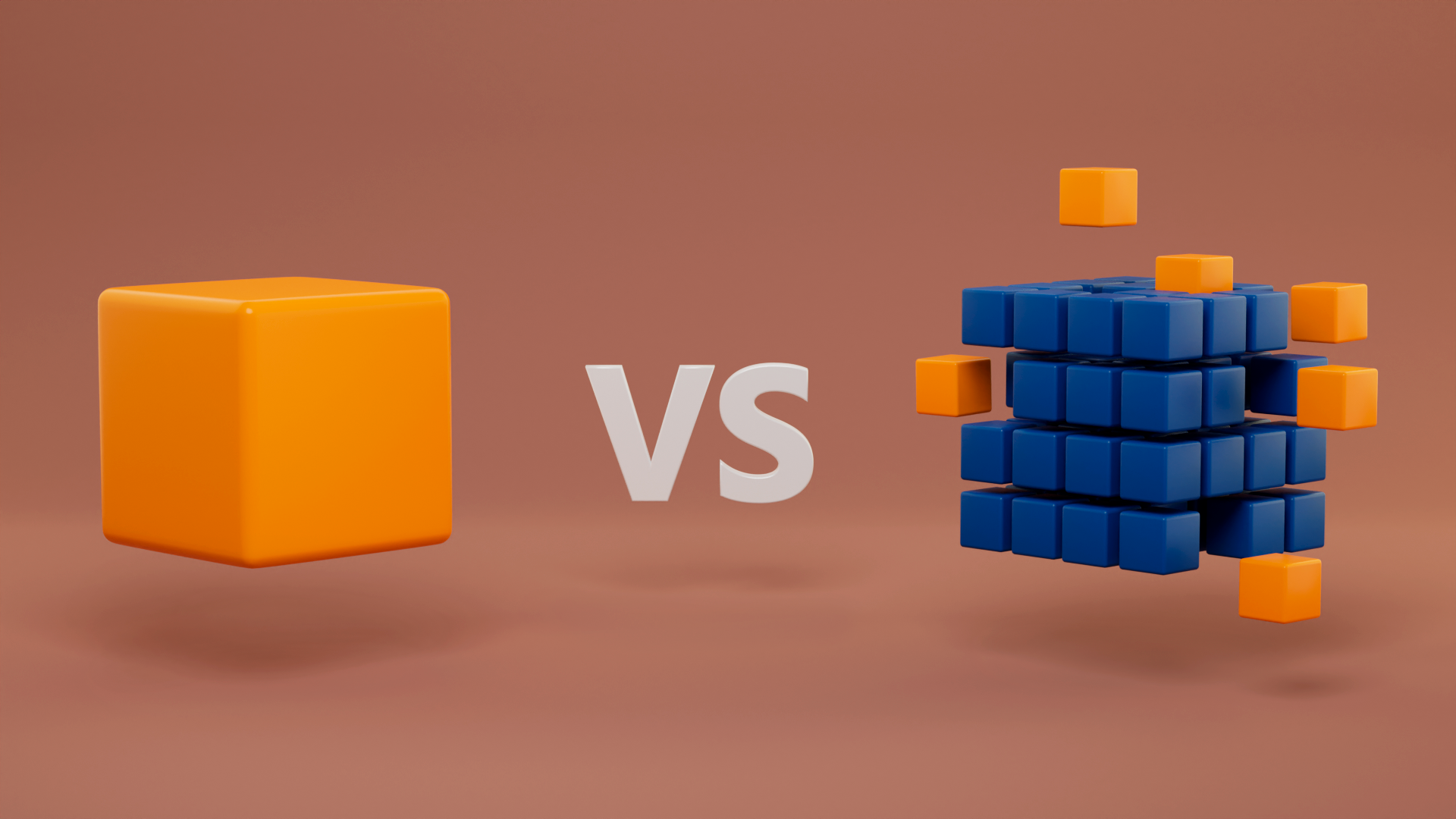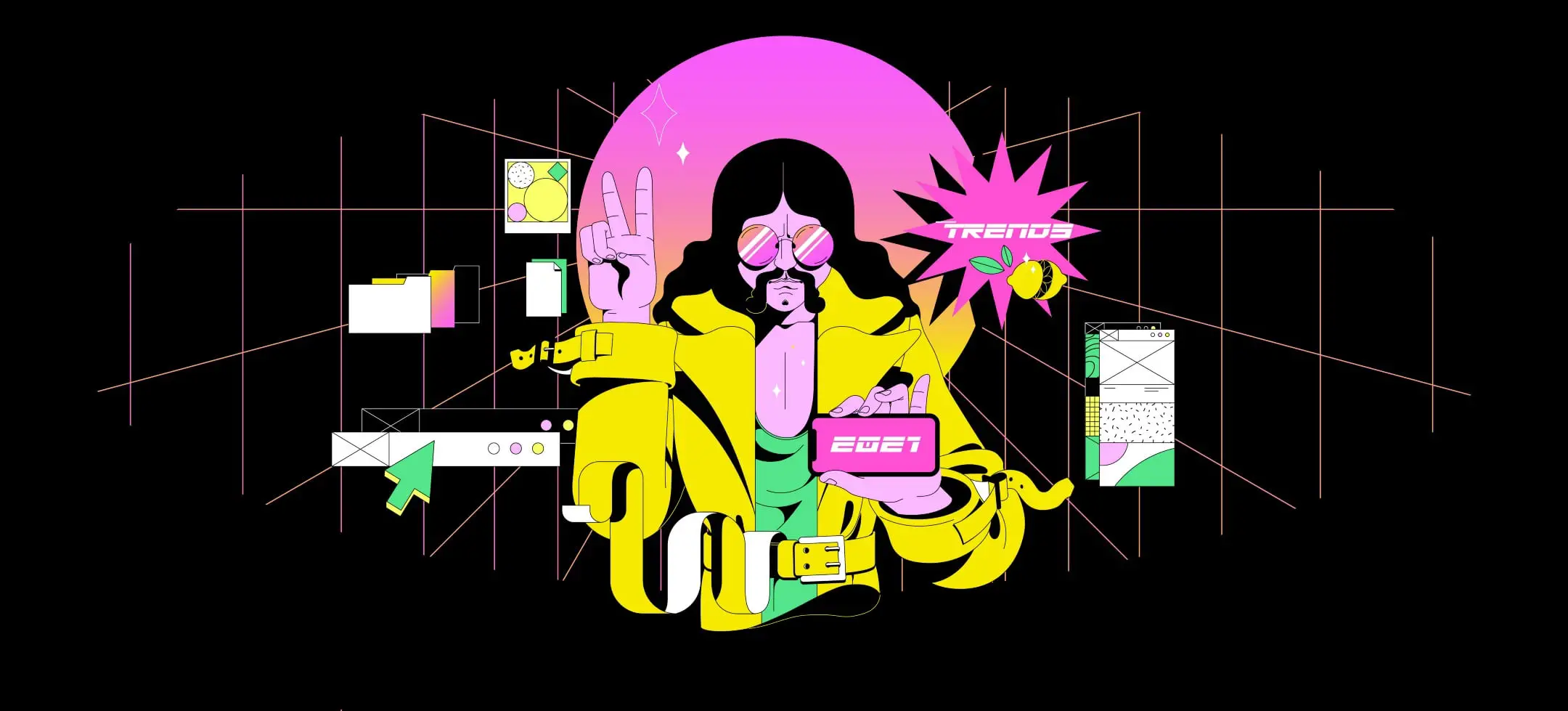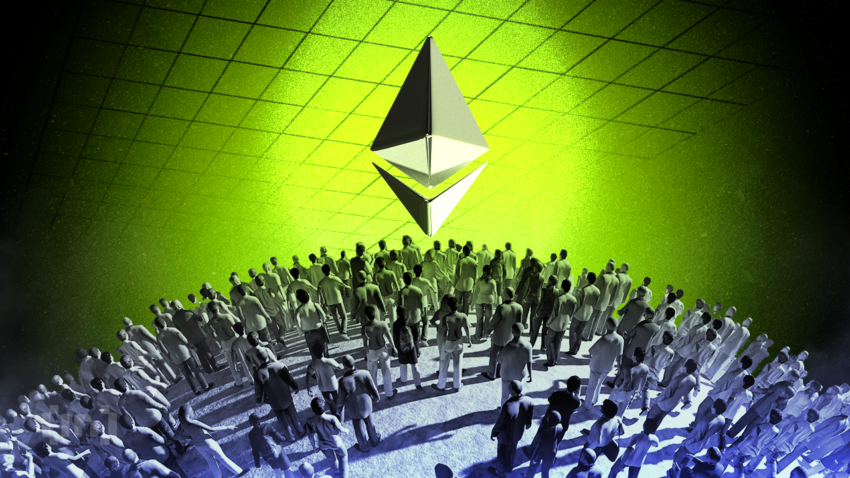Crypto is being dubbed the next Dotcom wave that is expected to crash on the world within the next few years when its problems are resolved. So what is the deciding factor for Crypto to reach billions of users around the world, bringing users from Web2 to Web3, bringing users from TradFi to DeFi? Let’s find out together in the article below.
- What is Layer 2? Complete Guide to Layer 2 Solutions
- Account Abstraction Technology Brings Crypto Towards Billions of Users
- What is NFT? All About NFTs
- What is SocialFi? TOP 5 Most Outstanding SocialFi Projects Currently
What Factors Determine Crypto Reaching Billions of People
For someone who loves and is passionate about Crypto like myself: “It’s not whether Crypto can be Mass Adoption or not, but when”, it will be very similar to some questions like when will we have Bitcoin? ETF, Ethereum ETF or when Blockchain is used to transfer money and make payments on a global scale. For me, there are 3 factors that determine Crypto to reach billions of people:
- The Blockchain Triad includes Scalability – Security – Decentralization and especially Scalability.
- User experience (UI UX).
- Trends play a role in motivating users to access Web3.
Solve the impossible trinity

Blockchain’s impossible trinity includes Scalability, Security and Decentralization, arguing that it is impossible to improve all three factors at the same time. This means that if the network is highly scalable, the trade-off is decentralization and security, whereas if the network is oriented towards decentralization, it will be very difficult to expand. Let’s look back:
- Ethereum is one of the most decentralized Layer 1s today but has poor scalability with slow transaction speeds and high transaction fees.
- Solana, BNB Chain, Polygon can solve the expansion problem with fast speed and cheap transaction fees, but Solana often has its network shut down because of users and bots spamming transactions. BNB Chain & Polygon only have a few dozen or so. 100 Validator cannot be called decentralized.
Despite such problems, one thing we can be optimistic about is that projects will continue to be built and developed such as:
- The next generation Layer 1 with new technologies appears with names like Sui, Aptos, Aleo, Monad,…
- The old Layer 1 is still developed such as Ethereum, Layer 2, Solana, Cosmos, Avalanche,…
Before going into the solution, we must accept that Scalability with transaction speed and transaction fees is being made a top priority in Mass Adoption, this is true for both Ethereum. Once scalability is complete, then factors such as Security and Decentralization will receive more attention.
So if we focus on scalability, what are the popular solutions today? First, with Ethereum, there are two main scalability possibilities, of which one solution is aimed at the short and medium term, the other solution is aimed at the long term.
- Ethereum 2.0: With Danksharding as the core technology and aiming for hundreds of thousands of TPS. However, it will take a long time before we can see Danksharding which is expected to be around 2027 – 2029. In the near future, in Cancun Upgrade there will be ProtoDanksharding which will act as the infrastructure for Sharding in the future,
- Layer 2: Is a solution for taking transactions off-chain for execution, thereby reducing transaction fees, which will then be brought back to Layer 1 for consensus and storage.
Layer 2 is gradually proving itself and stepping into the light after the successes of Optimism and especially Optimism. However, if we say that Layer 2 is the solution to bring Crypto in general and Ethereum to Mass Adoption, it is not because the TPS of Optimistic Rollup or even zkRollup at the present time is less than 100 compared to the theoretical number. is thousands, Layer 2 still has a lot of work to do.

Some popular expansion solutions today:
- Parallel execution: Instead of executing each transaction sequentially like traditional Blockchains, Monolithich Blockchains are gradually switching to parallel execution to solve the scalability problem. Some projects in use are Solana, Aptos, Sui, Monad, Linea,…
- Modular Blockchain: The shift from Monolithich to Modular is also one of the solutions to solve the scalability problem with the separation of processes such as execution, consensus and storage taking place in different layers.
- Internet of Blockchain: Cosmos’s building a world of Blockchains and connecting with a single bridge is also relatively successful.
- Layer 3: The solution is being used by Layer 2s on Ethereum when they realize that there are platforms that need a customized space for themselves such as Derivatives or NFTs.
No user would accept transaction fees just for transferring money up to tens of dollars and no one would agree to store assets on a Blockchain with poor security. If so, why move from a bank to Blockchain when Blockchain is also not secure and decentralized.
Drastically improve user experience

The remaining problems in user experience on Blockchain besides slow speed and expensive transaction fees or unstable network are:
- Private Key management is a throwback. You will lose all assets in your wallet, your Private Key will disappear, users will definitely “run away” when they hear the instructions before entering Crypto.
- A transaction must be signed up to 3 times. This is one of the biggest inconveniences when trading in Crypto.
- Just click the wrong button and connect the wrong wallet to a bad project and you will lose all your assets. How to stop Hackers even if they get your wallet.
- Only using ETH as transaction fees on Layer 1 and Layer 2 is also a barrier for new users.
All of the above problems will be solved with Account Abstraction. People can read the article Account Abstraction Technology Bringing Crypto Towards Billions of Users to understand in detail the huge applications of AA with human experience. use. So is AA technology a cakewalk?

AA Technology was built directly by Vitalik Buterin and it can be said that Vitalik is the only person in the Crypto market that built not for money besides Satoshi Nakamoto. Currently, there are wallets that apply AA technology such as OKX Wallet, zkSync Lite, Argent X or Braavos.
So what about hacking and rugpool projects? Regarding this issue, we can only wait for time to kill all projects without internal resources, the projects that remain will become important foundations for the entire Crypto market as we are seeing. with stories of Uniswap, Curve Finance, AAVE, Maker DAO, Lido Finance,…
Trends act as magnets




Obviously, attracting people to Web3 won’t be as simple as, let’s go to Web3, everyone, we have:
- In decentralized finance, anyone can participate from anywhere in the world with just a phone with an internet connection.
- Decentralized social networks where people freely control their information, are not afraid of being heard, freely post, are not afraid of being banned,…
- We have a transparent and secure network.
It sounds very attractive, but getting users from Web2 to Web3 for the above reasons will certainly be very difficult. We need financial games to attract users because money always has its own power. Finance has positive aspects in attracting users but also has negative aspects such as scams, scams, hacks, rugpool,… those are things that we have to accept. Then from there:
- There will be projects that stay after the market goes down and continue to develop DeFi including AAVE, Uniswap, Curve Finance, Maker DAO,… NFT we have Pudgy Penguins, BAYC, Moonbird,…
- There will be people who come because of finances but then stay because they feel like it and are truly suitable.
Trends are becoming easier and easier for users to understand. If in the previous cycle we found DeFi and Layer 1 very difficult to understand, in the future there will be NFT, GameFi, and Metaverse which are extremely easy to understand, easy to participate in, and easy to control. money, even Move to Earn somewhere touches the things directly related to life, which is health. So what are the trends that can explode next? SocialFi, RWA, Layer 2,…
Juridical

We can say that Crypto & Bitcoin are borderless and unstoppable, but if a country has tough laws that prevent people from accessing, holding and using Crypto, this is also one of the Crypto’s big problem. So what are the positive signs? The biggest positive sign I am seeing is that Bitcoin ETF is approved in the US. Why?
A Bitcoin ETF approved in the US will allow Americans to have direct exposure to Bitcoin & the US itself is also making strong strides towards Crypto legislation. And if the US accepts it, it will be like a tsunami around the world because the US economy has great influence. This will be the biggest domino to fall and we don’t need too many small dominoes.
Up to now, many countries have provided Bitcoin ETF products such as Canada, Brazil, Germany, Switzerland,…
Urgent products
To say that today’s Crypto products meet people’s real-life needs is almost unheard of. Most products are heavily financial oriented such as:
- GameFi trend but in reality the game play is very rudimentary, the Games in Crypto are 100% off-chain, only Tokens and NFTs are on-chain. Crypto game about drawing and losing in real life for many years. Without the Earn factor, it is very difficult for Game projects to survive in the long term.
- The Metaverse trend is similar when users experience Metaverse on their computer screens…
- DeFi trend but without Liquidity Mining and Launchpad which are both financial factors, it is difficult to become popular.
Clearly the Crypto market needs products to meet the real needs of users and eliminate the financial factor.
Summary
Obviously, we still have a lot of problems before Mass Adoption and Crypto has a very long journey to fully develop itself. Hopefully through this article, everyone can know what factors determine Crypto to reach billions of people?


